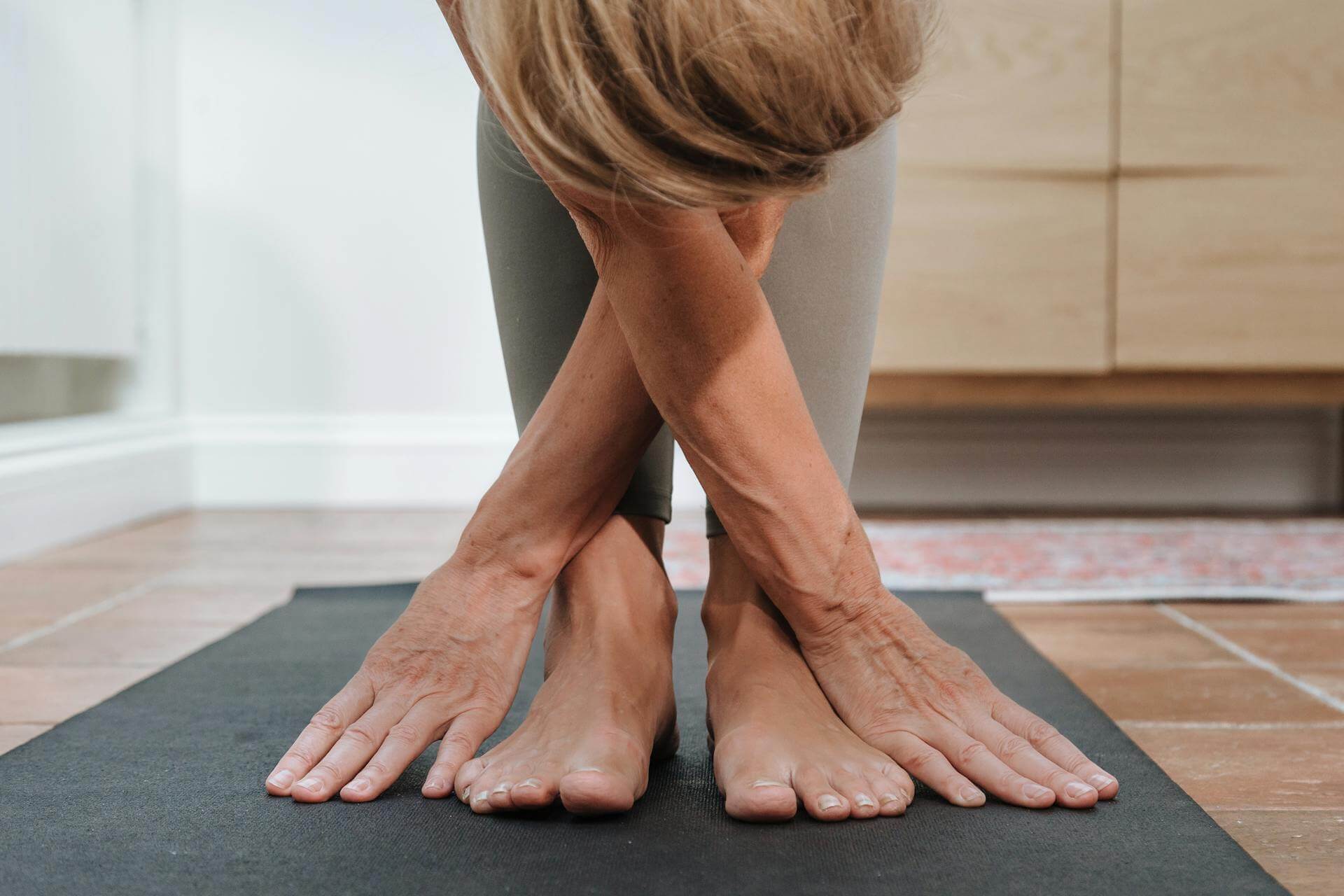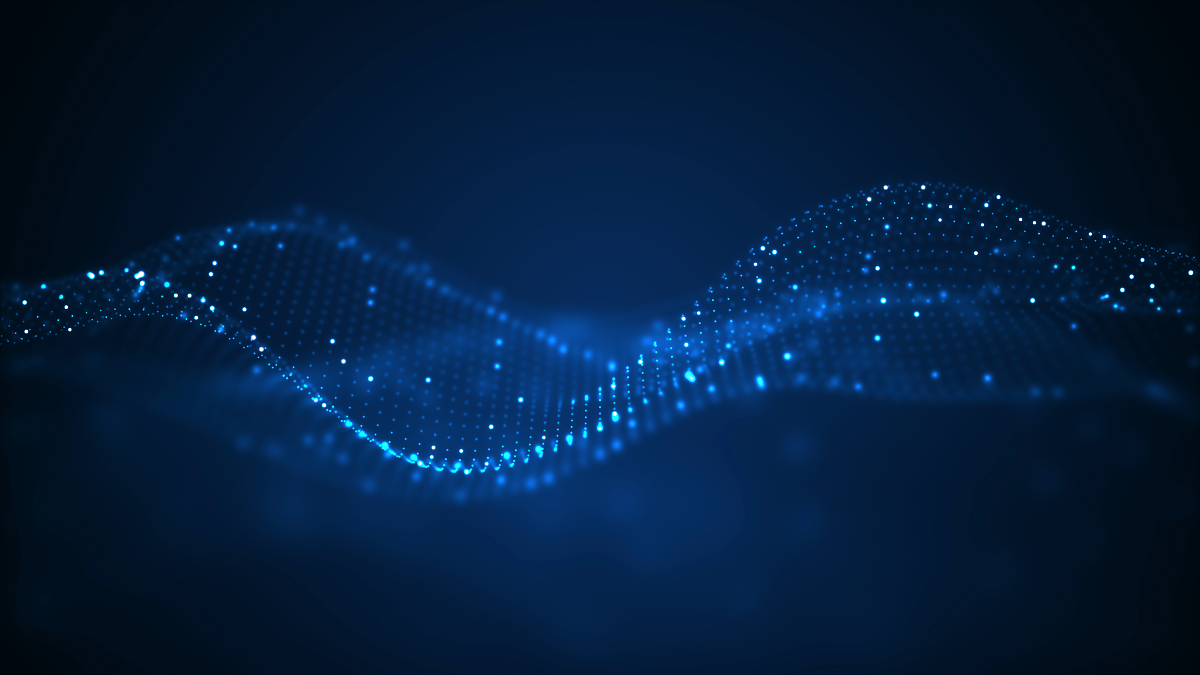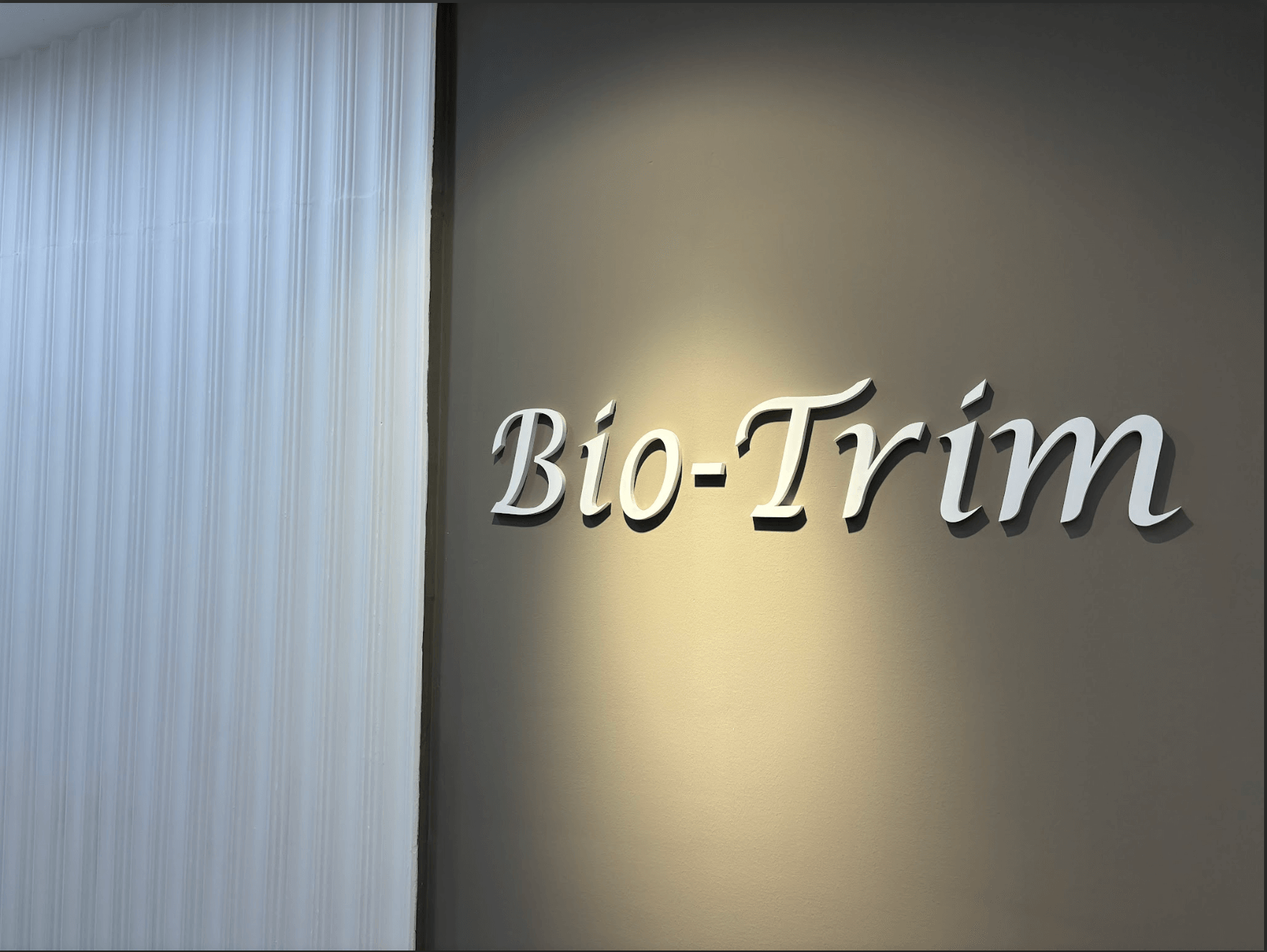How to Make Breasts to “Grow Again” After Puberty or Postpartum Atrophy?

The Desire for Larger Breasts
For women hoping to increase their bust size, options like silicone implants, autologous fat transfer, and hyaluronic acid injections are well-known. The costs and outcomes of these cosmetic procedures are easily understood with a quick online search. Those willing to take the plunge have paid the price and reaped the rewards, while the hesitant remain on the sidelines. Amid this scenario, various “schools of thought” have emerged, each touting their unique techniques with grandiose claims—likened to wielding swords, spears, axes, or hooks—promising to conquer tigers in the mountains or dragons in the sea. Yet, after all the commotion, no tigers have been felled, nor dragons tamed.
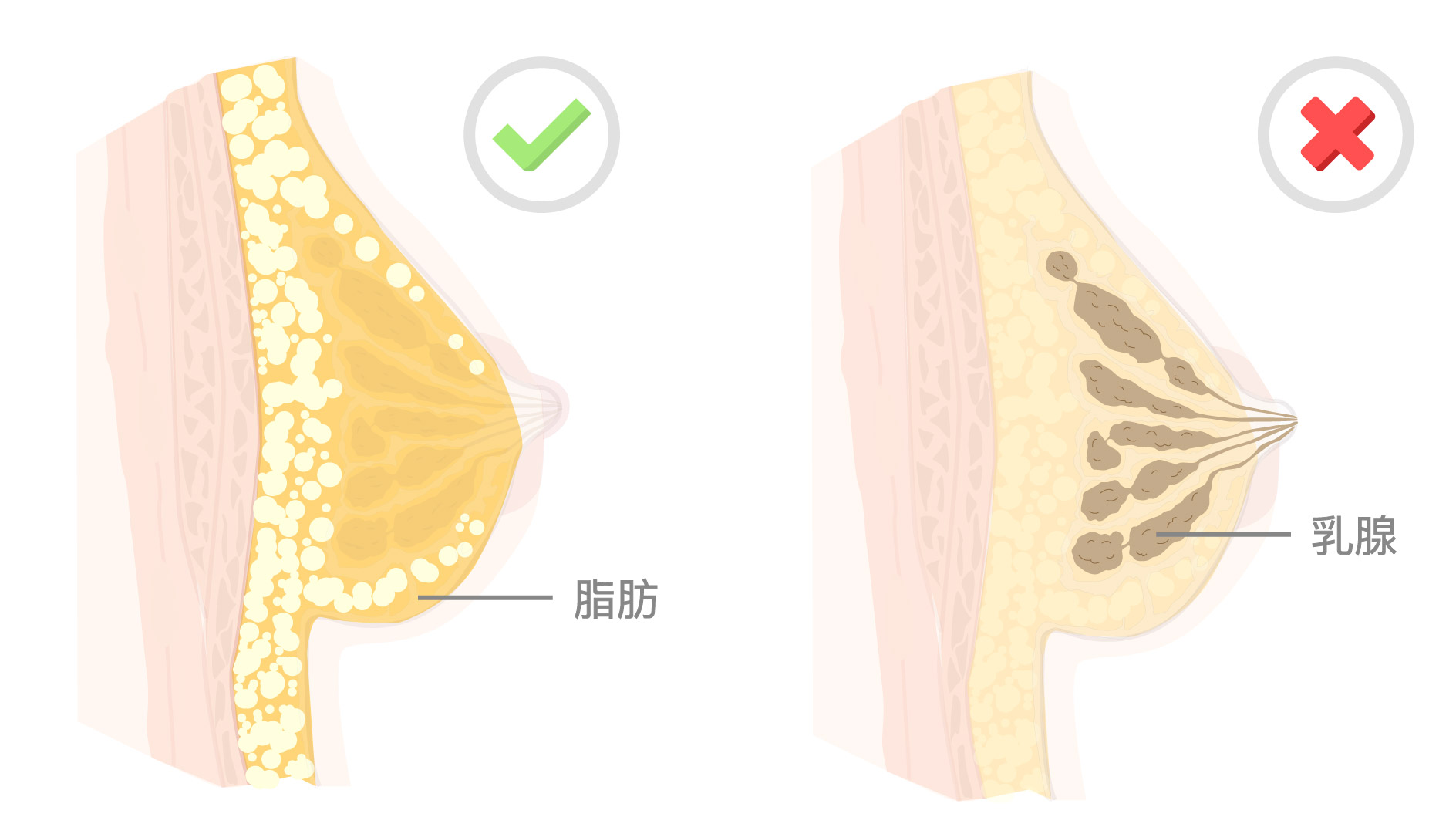
Breast Structure and the Key to Size
After puberty, breasts no longer naturally grow larger. Following pregnancy and breastfeeding, sagging and atrophied breasts struggle to regain their former shape. These are normal physiological processes unless drastic weight gain or hormonal imbalances cause an increase in breast volume, which is a separate matter. The hope is to enable breasts to naturally grow again, restoring firmness and fullness to soft, atrophied tissue. To find the right approach, one must start with Western anatomical science to understand breast structure. Positioned atop the chest wall muscles, breasts consist of nerves, blood vessels, connective tissue fibers, and an outer layer of skin, but they are primarily composed of glandular tissue and fat tissue.
The glandular tissue includes 15 to 20 lobes, each made up of 20 to 40 lobules, and each lobule contains thousands of alveoli. Milk ducts attached to the lobules transport milk. Starting at puberty, progesterone, estrogen, and growth hormones nourish these alveoli, transforming them into sac-like structures capable of producing and storing milk. During pregnancy, placental hormones—growth hormone, estrogen, and progesterone—cause these millions of alveoli to expand several times their size. After childbirth, prolactin stimulates the acinic to draw nutrients from the blood and fat cells to release stored lipid droplets, converting them into milk-producing materials.
During pregnancy and breastfeeding, the glandular tissue’s acinic can prop up a respectable appearance. But without the acinic’s contribution, the burden falls entirely on fat cells to maintain breast volume.
Fat cells are naturally tasked with protecting the delicate glandular tissue, but at some point in history, they also began playing a role in women’s sensuality and confidence. In an E-cup breast, nearly 90% of the volume comes from fat tissue. Breasts rely on the plumpness and abundance of fat cells to achieve a full appearance. Countless physiology papers online detail the mechanisms and processes behind fat cell growth in breasts.
The conclusion from these studies is clear: without estrogen and estrogen receptor proteins—or if either is absent—breasts cannot naturally grow larger, no matter how miraculous the remedy. Western medicine illustrates this vividly: when estrogen enters a fat cell and binds with estrogen receptor proteins, the resulting complex enters the cell nucleus, activating genetic codes in the DNA. RNA then carries these codes to the ribosomes in the cytoplasm to produce fat-synthesizing enzymes, prompting fat cells to actively absorb fatty acids and glycerol, increasing their volume. Additionally, this complex triggers DNA replication in the nucleus, leading to cell division and a significant increase in fat cell numbers. This is the natural mechanism of breast growth, but after puberty, this physiological function waves goodbye and departs forever.

Estrogen, Estrogen Receptor Proteins, and Breast Growth
During a woman’s monthly menstrual cycle, the ovaries secrete two female hormones—estrogen and progesterone. When blood estrogen levels reach a certain threshold, fat cells in the breasts, hips, and thighs absorb amino acids to synthesize estrogen receptor proteins, storing them for potential binding with estrogen. During the 4-5 years of puberty, the pituitary gland secretes 1.5 to 3 times more growth hormone than after puberty. With its 191 amino acid molecules, growth hormone makes it easier for fat cells to synthesize estrogen receptor proteins. Likewise, ovarian estrogen secretion during puberty is several times higher than post-puberty, facilitating its entry into fat cells. During puberty, sufficient estrogen and growth hormone support natural breast growth. After puberty, however, both hormones decrease with age, and with numerous cells competing for them, breast volume growth stalls. Though physiology closes this door, the UIC product series opens a window, reuniting estrogen and estrogen receptor proteins to once again enable natural breast growth.
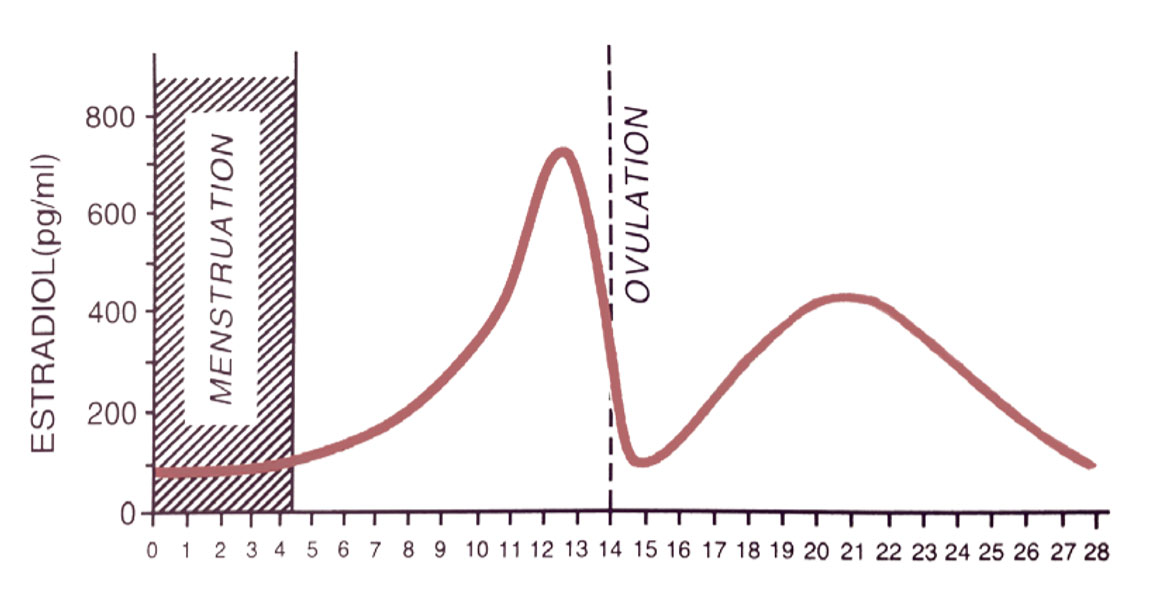
Simulating Human Bioelectricity
In the 18th century, scientist Luigi Galvani discovered through experiments with frog legs that the human body generates a faint electric current, distinct from typical currents, known as bioelectricity. Centuries of research by scientists have confirmed that cells, tissues, and organs rely on this bioelectricity for regulation and survival.
Modern scientists, modeling the authentic operation and biochemical processes of human bioelectricity, have designed a simulated bioelectric current that retains its key characteristics and functions while being compatible with the body’s own bioelectricity.
The UIC product series employs this simulated bioelectricity to activate all cells in the breast, enhancing cellular repair and nutrient absorption capabilities.

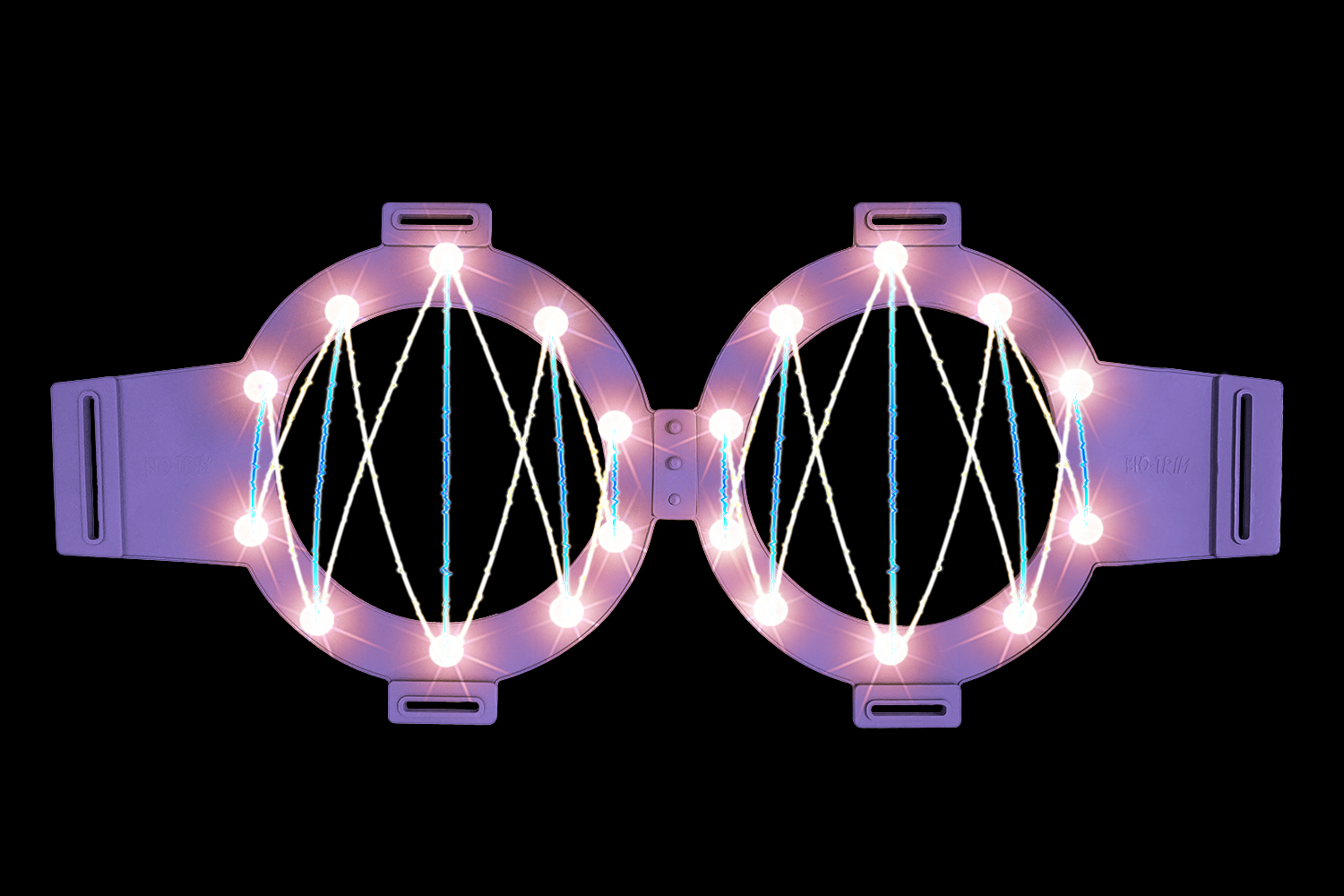
Multi-Frequency Mesh Microcurrents and Resonance Effect
A sequence of multi-frequency microcurrent pulses, combined with conductive patches strategically placed around the breast, forms a mesh-like microcurrent network within the breast tissue. This directs estrogen, glucose, amino acids, and fatty acids from the bloodstream into the breast’s tissue cells, inducing a resonance effect.
All the body’s vital resources converge in the breast tissue, exclusively benefiting the fat cells and enabling rapid breast growth. For many women post-puberty, 10-20 sessions of multi-frequency microcurrent treatment—compared to the 4-5 years of puberty—result in significantly faster and greater breast volume increases.
Other articles
Others
